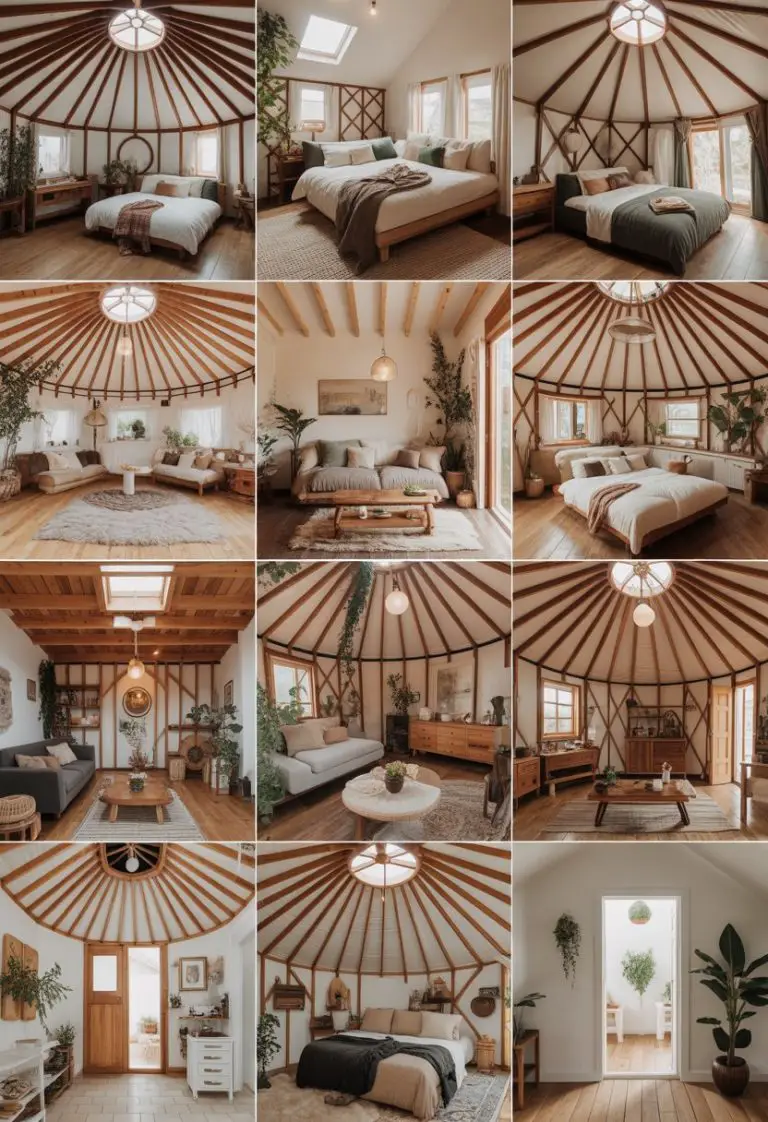Where Are Yurts Found: A Guide to Yurt Locations Around the World
Yurts have been around for thousands of years, and they are still used today in many parts of the world. These circular tents were traditionally used by nomadic tribes, but they have also been used as permanent homes. Yurts are known for their portability and durability, making them a great option for people who need to move frequently.
Yurts can be found in many places around the world, but they are most commonly associated with Central Asia, particularly Mongolia. In Mongolia, yurts are still used as homes by many people, and they are also used as tourist accommodations. Yurts can also be found in other parts of Asia, such as China and Kazakhstan.
In recent years, yurts have become more popular in other parts of the world as well. In North America, yurts are often used as vacation homes, and they can be found in campgrounds and state parks. Yurts are also used for events such as weddings and festivals. Overall, yurts are a versatile and unique type of home that can be found in many different places around the world.
Historical and Cultural Significance
Yurts have a rich and fascinating history that dates back to ancient times. They have been used by nomadic cultures for centuries, particularly in Central Asia, including Mongolia and Kazakhstan. In this section, we will explore the origins and evolution of the yurt, as well as its symbolism and use in nomadic societies.
Origins and Evolution
The yurt, also known as a ger in Mongolian, is a circular tent made of wool felt stretched over a wooden frame. It has been used by nomadic peoples of the Asian steppe since before written records began. Yurts are especially associated with Mongol herders and hunters and were famously used by such figures as Genghis Khan (r. 1206-1227 CE) and Kublai Khan (r. 1260-1294 CE).
The Turkic yurt, which is the most common type of yurt, is believed to have originated in the region of modern-day Mongolia and spread throughout Central Asia. Over time, the design of the yurt evolved to suit the needs of different nomadic cultures. For example, the Kazakh yurt has a taller frame, while the Mongolian yurt has a wider base.
Symbolism and Use in Nomadic Societies
The yurt holds great cultural and symbolic significance for nomadic cultures. It is not just a shelter, but also a symbol of identity and community. The yurt is often decorated with intricate designs and patterns, which reflect the owner’s personal taste and cultural heritage.
Nomadic societies use yurts for a variety of purposes, including as homes, meeting places, and places of worship. Yurts are also used for ceremonies and celebrations, such as weddings and funerals. The yurt is a versatile and practical structure that can be easily dismantled and transported, making it ideal for nomadic lifestyles.
In conclusion, the yurt is an integral part of the history and culture of nomadic societies, particularly in Central Asia. Its design has evolved over time to suit the needs of different cultures, and it holds great symbolic and cultural significance for nomadic communities.
Modern Adaptations and Uses
Contemporary Yurt Living
In recent years, yurts have gained popularity as a sustainable and affordable housing option. Modern yurts are available in a variety of sizes and styles, ranging from portable canvas structures to permanent, off-grid homes equipped with solar panels and other amenities. These yurts offer a unique living experience, blending the simplicity of traditional yurt living with modern comfort and convenience.
Yurt communities have also emerged, providing a sense of community and shared resources for those who choose to live in yurts. These communities can be found in various regions, including North America and Europe, and offer an alternative to traditional housing options.
Yurts in Recreation and Tourism
Yurts have become a popular choice for camping and glamping, offering a unique and comfortable way to experience the outdoors. Pacific Yurts, a company based in Oregon, has been producing high-quality yurts for recreational use since 1978. These yurts are sturdy and weather-resistant, making them an ideal shelter for backcountry adventures in the mountains or other remote areas.
Yurts are also used in the tourism industry, providing an eco-friendly and sustainable accommodation option for travelers. Gers, the traditional yurts of Mongolia, are a popular choice for tourists visiting the country. These gers are often equipped with modern amenities such as heating and electricity, providing a comfortable and authentic Mongolian experience.
Overall, yurts have proven to be a versatile and adaptable shelter, with modern adaptations and uses ranging from permanent housing to recreational camping. Whether you are looking for a unique living experience or a comfortable way to explore the outdoors, yurts offer a sustainable and affordable option for those seeking an alternative to traditional housing and camping options.
Frequently Asked Questions
What materials are traditionally used in the construction of yurts?
Yurts were originally constructed using natural materials such as wood, felt, and animal skins. The wooden frame of the yurt was traditionally made from a lattice of wooden poles, while the roof was covered in felt made from animal hair. The use of these natural materials made yurts well-suited for the harsh climates of Central Asia, where they originated.
How are yurts utilized in modern living?
Today, yurts are used for a variety of purposes, including as homes, guesthouses, vacation rentals, and even as event spaces. They are especially popular in areas with a strong outdoor culture, such as the Pacific Northwest and Colorado. Yurts are valued for their versatility, affordability, and eco-friendliness.
Can you purchase a yurt and where might one find them for sale?
Yes, it is possible to purchase a yurt. There are many companies that specialize in the construction and sale of yurts, both online and in-person. Some popular companies include Pacific Yurts, Colorado Yurt Company, and Shelter Designs. Additionally, many people choose to build their own yurts using kits or plans that can be purchased online.
What historical significance do yurts hold in Mongolian culture?
In Mongolian culture, yurts have played an important role for centuries. They are known as “ger” in Mongolian and are still used today by many nomadic herders. Yurts are a symbol of Mongolian culture and are often used in traditional ceremonies and festivals.
Which ethnic groups are known for their use of yurts historically?
Yurts have been used by a variety of ethnic groups throughout history, including the Mongols, Kazakhs, Kyrgyz, and Uzbeks. These groups all share a nomadic lifestyle and have relied on yurts for shelter and protection from the elements.
In what regions of the world are yurts predominantly located today?
Today, yurts can be found all over the world, but they are most commonly found in regions with a strong nomadic or outdoor culture. This includes Central Asia, Mongolia, and parts of Russia. Yurts are also popular in North America, particularly in the Pacific Northwest and Rocky Mountain regions.












